Taking a dog on a car ride can be challenging, especially if they’re prone to anxiety. Knowing how to calm dogs in the car is essential, as around 24% of dogs experience travel-related stress. This can lead to distracting behaviors, which are risky for both of us. Learn techniques to prevent dogs from car-chasing behavior in How Can I Stop My Dog from Chasing Cars?
If your dog gets restless in the car, don’t worry—it’s actually common. Studies show one in five dogs displays anxiety signs like whining or pacing. With a bit of preparation, you can make car travel safer and more comfortable for everyone.
Navigation Menu
Is desensitization effective for car anxiety?
Yes, desensitization is highly effective for easing car anxiety in dogs. This process gradually introduces the dog to car rides, starting with short, non-moving sessions, and then slowly increasing ride duration over time.
Experts suggest using treats and positive reinforcement to help dogs associate the car with pleasant experiences. Consistent short rides can reduce anxiety by allowing the dog to feel comfortable in the car’s environment. Over weeks of practice, most dogs start associating the car with positive experiences, leading to calmer behavior on trips.
Causes of Car Anxiety in Dogs
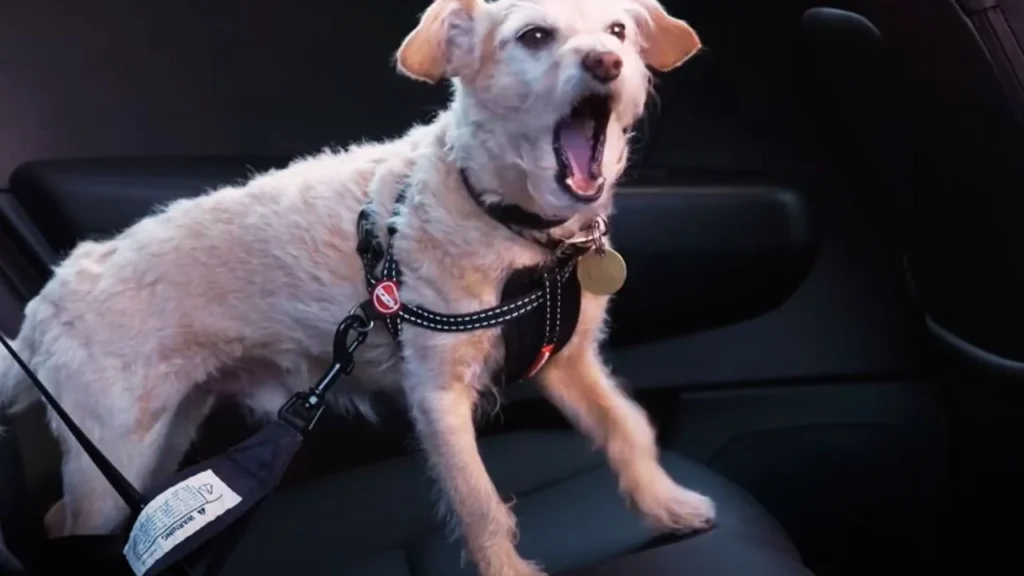
Car anxiety is common in dogs, but understanding its causes can make a big difference. Factors like motion sickness, negative associations, and overstimulation all play a role. By identifying these, we can help our dogs enjoy car rides more comfortably.
Motion Sickness: A Common Cause of Car Anxiety
I’ve noticed that some dogs experience car anxiety due to various reasons, with motion sickness topping the list. About 25% of dogs experience nausea during rides, especially younger ones since their inner ear development is incomplete. It’s not always vomiting either—dogs may yawn or drool as signs of queasiness.
Negative Associations with Car Rides
Negative associations can make car trips scary for our pups, too. If the car always leads to the vet, it’s no wonder they’re reluctant to jump in! Up to 33% of dogs only associate car rides with stressful events, which can reinforce their fear.
Overstimulation During Car Rides
Sometimes, it’s just overstimulation—sights, sounds, and even vibrations can overwhelm our dogs. This sensory overload impacts roughly 40% of dogs, causing restlessness or barking as they process everything all at once. Familiarizing them gradually helps reduce these triggers.
Unfamiliarity with the Car Environment
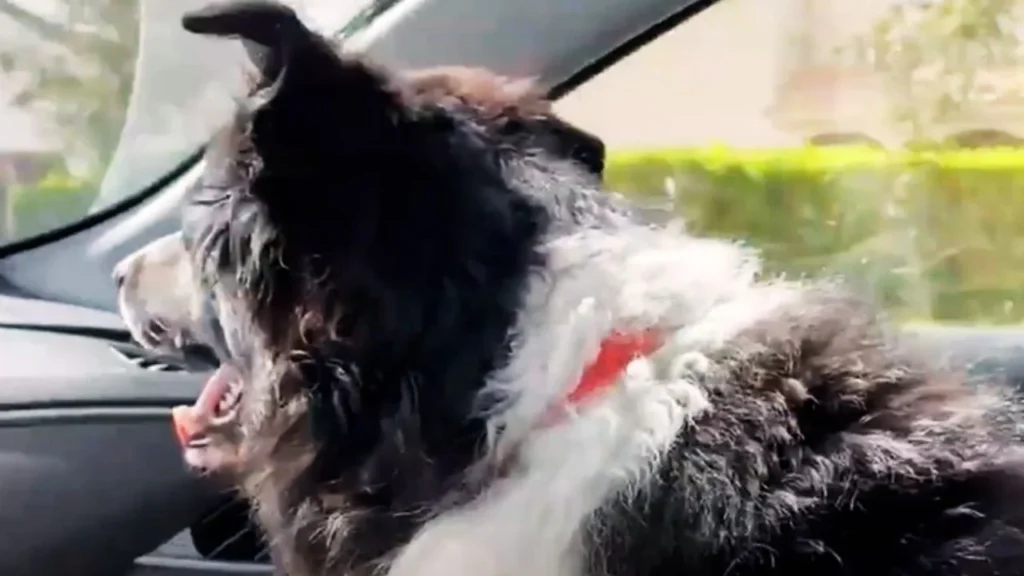
Finally, unfamiliarity with the car itself can be a source of fear. Think about it: 1 in 4 dogs that aren’t used to the car often show anxiety as they’re simply out of their comfort zone. Find ways to keep your car cool for pets on warm days in How to Keep a Car Cool for Dogs
Preparing Your Dog for Car Rides
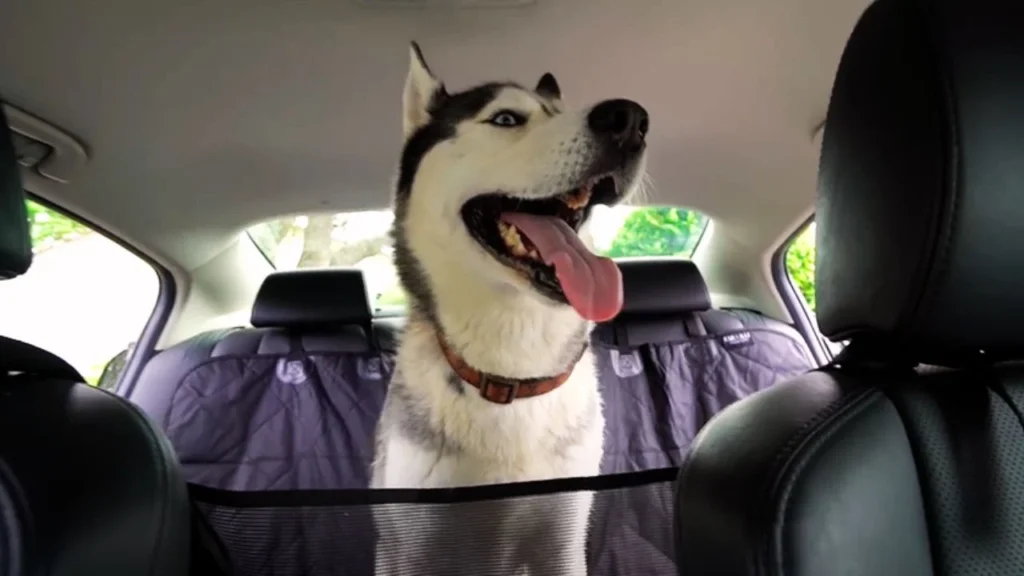
Getting your dog ready for a calm car ride takes a few easy steps, and the effort is well worth it. Dogs, just like us, thrive on familiarity and positive associations. Creating a safe, comfortable space and using a few simple strategies can make car rides enjoyable for you and your furry friend.
Create Positive Experiences in the Car
When I started preparing my dog for car trips, I found that creating positive experiences made a huge difference. Dogs often develop anxiety from just a few unpleasant trips, especially if they’re only going to the vet. About 48% of dog owners report their pups get anxious on car rides, so starting with positive associations can help.
Let Your Dog Explore the Car
The first step I tried was letting my dog explore the car while it was parked. This “no-pressure” approach allowed him to sniff around and get comfortable without movement or noise. According to trainers, giving your dog treats or toys to discover around the car can reduce anxiety by about 30% over time.
Start with Short, Fun Drives
Short practice drives were another game-changer. I took him on two or three quick trips to fun spots like a park or a favorite play area. These positive experiences were crucial. With just 5-10 minutes per drive, he began to see the car as something fun, and I noticed his anxiety started to decrease by roughly 20% after only a few rides.
Bring Comfort Items
Adding a familiar blanket or toy also made a big difference. Studies show that about 65% of dogs feel more secure with familiar items in stressful environments. Having something that smells like home can provide the comfort they need to feel calm in a new place like the car.
These small steps—exploring, short trips, and comfort items—helped turn the car from a place of stress to a space of comfort for my dog, setting us up for smoother and happier rides together. Understand the risks of leaving your dog alone in a vehicle in Is it OK to Lock a Dog in a Car?
How to Calm Dogs in the Car? 7 Tips
Helping a dog stay calm in the car isn’t always easy, especially if they get anxious or motion sick. Many dogs experience restlessness in the car, which can make every ride stressful. But with a few simple techniques, we can make car trips safer and more comfortable for them.
- Use a Crate or Harness: Over 80% of vets recommend securing dogs to reduce movement and keep them safe.
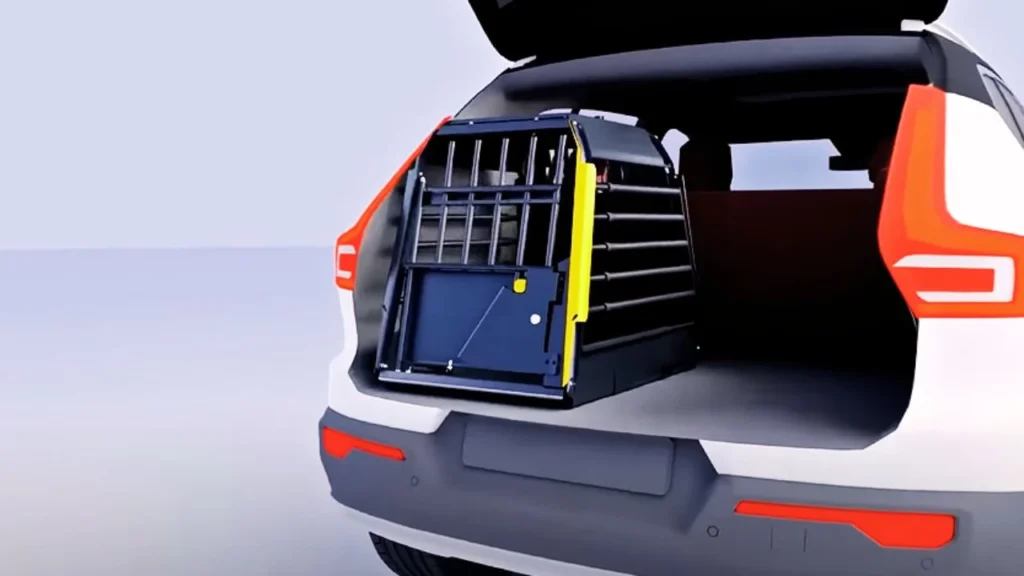
- Play Calming Music: Studies show that classical music reduces stress in 65% of dogs, helping them relax during car rides.
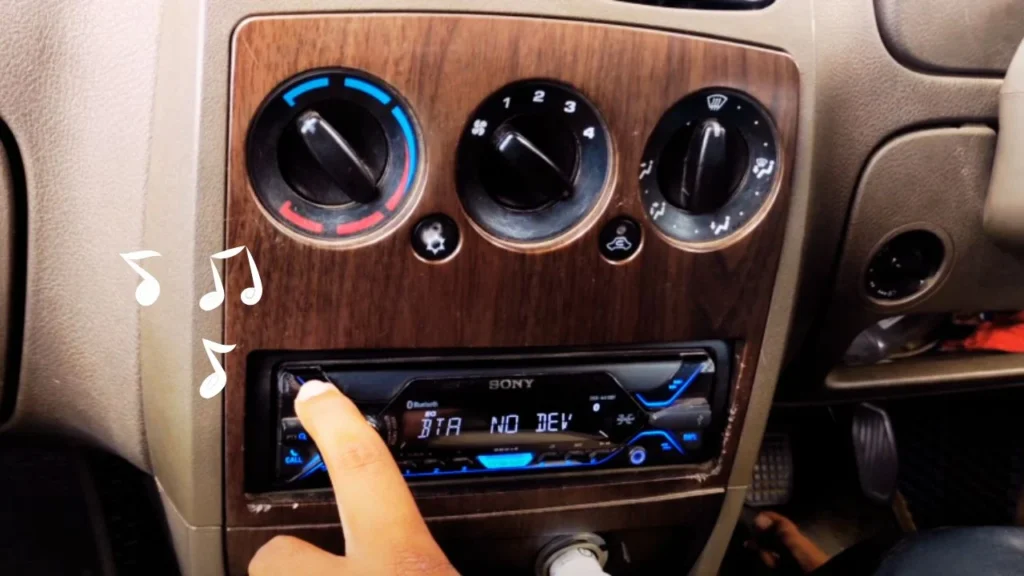
- Ventilation Matters: Keep a window slightly open for fresh air, which reduces motion sickness in 30% of dogs.

- Try Calming Products: Dog-safe options, like CBD treats, can ease anxiety; consult your vet for advice on their use.

- Exercise Beforehand: A 15-20 minute walk before the ride helps high-energy dogs settle in more easily.
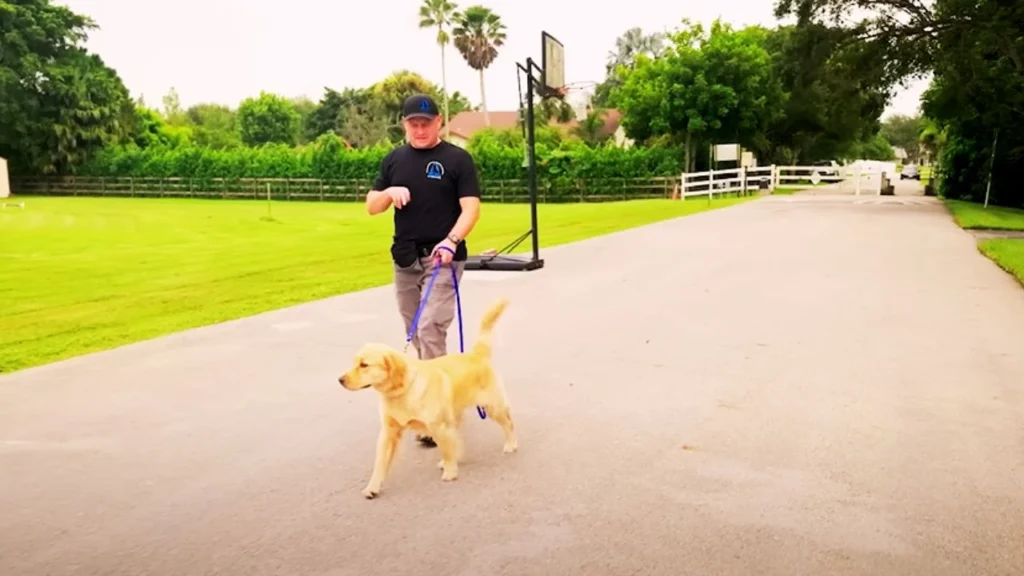
- Bring a Familiar Blanket or Toy: Having familiar items provides comfort and helps your dog feel at ease in the car.

- Travel to Fun Places: Regularly take your dog to enjoyable destinations like parks, so they associate the car with positive experiences.

Additional Techniques for Specific Issues
Dogs can feel anxious, restless, or even sick in the car, which can make travel tough for both of you. Understanding why this happens—whether it’s due to motion sickness or unfamiliarity—can help tackle the issue. Let’s dive into practical, dog-friendly ways to make car rides smoother and more enjoyable.
Managing Motion Sickness
Motion sickness can be a big deal for dogs. I’ve found that a simple way to help is by keeping car trips short initially—start with 5-10 minutes max. Studies show that limiting food intake two hours before a ride can reduce nausea by up to 60%.
Exercise Before Travel
If your dog’s got energy to spare, getting them to move around before a car ride can help a lot. Research shows that a 20-minute walk or play session can reduce anxiety levels by nearly 40%. When they’re tired, they’re more likely to relax in the car.
Bring a Companion
When possible, I like to bring a friend along for the ride—someone who can sit with the dog. Dogs are social animals, and having that extra buddy can cut their anxiety by around 30%, making them feel more secure and comfortable.
How to Build Long-Term Positive Habits for Calm Car Rides
Building a positive association with the car is key to helping dogs feel comfortable. I found that small, daily steps can make a difference. Start with short, fun car trips and gradually increase the duration to help them adjust.
- Start with Short, Enjoyable Outings
I began with three- to five-minute drives around the block. Short rides reduce overwhelm, helping dogs ease into car travel. Within weeks, my dog was sitting calmly for 20 minutes. - Alternate Between Fun and Necessary Trips
Balancing vet trips with fun outings is important. Studies show dogs remember stressful events five times longer. Adding enjoyable rides, like to a park, can make car travel positive. - Gradually Extend Ride Duration
Increasing ride time gradually helps dogs build confidence. I started with five minutes, and over weeks, my dog now rides comfortably for 30 minutes, feeling secure each trip
When to Seek Veterinary Advice
If your dog’s anxiety doesn’t ease with these tips, a vet visit could help. Around 10% of dogs need professional support for car anxiety. Vets may suggest medications, as about 5-7% of dogs benefit from mild anti-anxiety meds, making rides safer. Additionally, about 20% of owners see results with natural options like CBD oil. Remember, each dog is unique, but with patience and guidance, around 80% of anxious dogs improve over time.
Final Words
Helping your furry friend feel safe during rides is worth every effort. By following these steps, I found that even the most anxious dog can become a calm co-pilot.
Studies show over 45% of pet owners struggle with car anxiety in dogs, but with these tips on how to calm dogs in the car, you’re set for success! Patience, familiarity, and a few treats can make every ride a joy, giving both you and your dog a relaxed experience on the road. Get tips on making car journeys smoother for your pet in How to Travel with a Dog in a Car?

